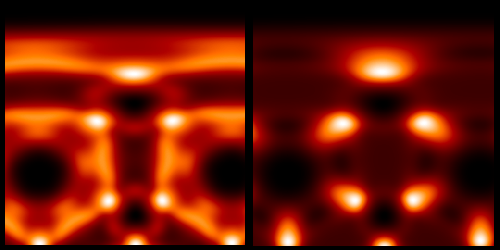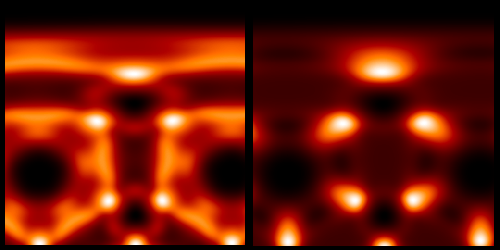Glassy Fingerprints
Humans have been making glass for over 5500 years. Despite this, scientists still don’t understand how glassy materials form. Part of the problem is that the conventional method for determining particle arrangements—diffraction—provides only the average particle positions over large areas of the material, missing the local variations that may be relevant to glass formation. Now Amelia Liu and colleagues from Monash University, Australia, and the Australian Synchrotron have proposed a new diffraction tool that could be used to obtain detailed structural information at a more local level, in clusters containing on the order of 10 particles.
Computer simulations have been used to predict the arrangements of individual clusters in a glass, for example, by reverse engineering the structure that produces a specific diffraction pattern. But this process is time consuming and computationally expensive. More problematically, simulations can spit out multiple structures that map to the same diffraction pattern.
The approach proposed by Liu and colleagues would use a narrow radius “pencil” beam of electrons or x rays that is small enough to interact with a single particle cluster. The team simulated diffraction patterns of 160,000 randomly rotated individual clusters and then determined the rotationally averaged Fourier coefficients for each pattern. They found that the coefficients depend strongly on the cluster’s symmetry. For example, every cluster that has roughly hexagonal-close-packed order has the same coefficient values. The authors suggest that these Fourier fingerprints could provide a way to directly determine the preferred local structural symmetry within glasses as they form.
This research is published in Physical Review Letters.
–Katherine Wright
Katherine Wright is a Contributing Editor for Physics.





